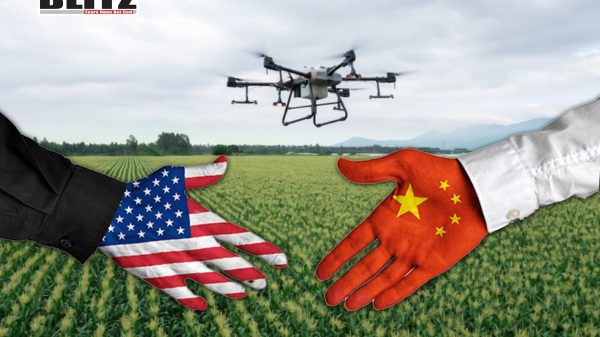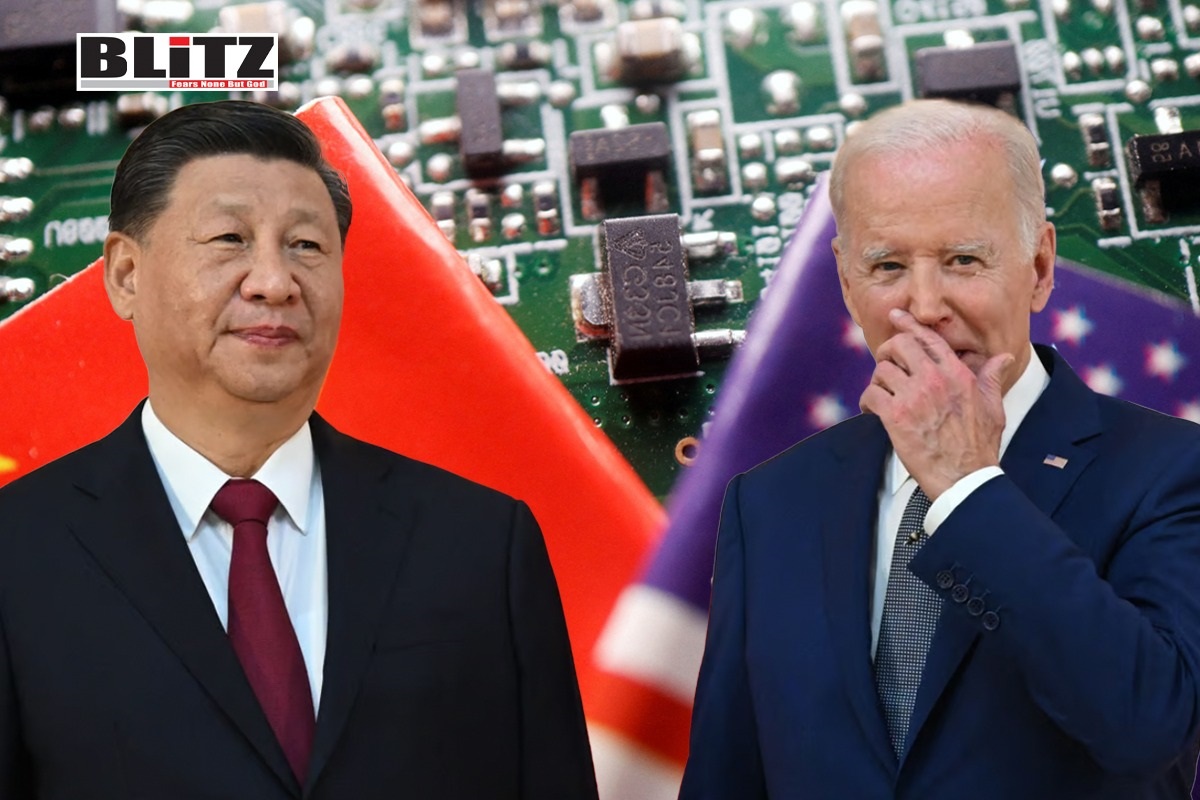The era of Artificial Intelligence unveiled
- Update Time : Tuesday, July 18, 2023

Artificial Intelligence (AI) has permeated various aspects of modern life, ranging from music and media to business and productivity, even extending to the realm of dating. With the rapid pace of advancements in this field, it can be challenging to keep up.
Let’s begin by clarifying what AI entails. Artificial intelligence, also known as machine learning, refers to a type of software system built upon neural networks. While this technique was pioneered decades ago, recent advancements in computing power have allowed AI to flourish. AI enables voice and image recognition, synthetic imagery and speech generation, and even tasks like web browsing, ticket booking, and recipe tweaking.
Before delving deeper, let’s address the concerns surrounding an uprising of machines akin to the fictional world depicted in “The Matrix.” We will explore those concerns later on in the article.
Our comprehensive guide to AI consists of three main sections, which can be read in any order and will be regularly updated:
Fundamental concepts: This section covers essential AI concepts as well as recent developments.
Key players: Here, we provide an overview of major AI companies and their significance in the industry.
Recent headlines: Stay informed about the latest news and advancements in the field of AI.
By the end of this article, you’ll be well-versed in the current state of AI. We will continue to update and expand this resource as we progress further into the age of AI.
One remarkable aspect of AI is that while the core concepts have existed for over 50 years, they were not widely familiar to even the most tech-savvy individuals until recently. Therefore, if you feel overwhelmed or confused, rest assured that you are not alone.
It’s essential to note that the term “artificial intelligence” can be misleading. Although there is no universally agreed-upon definition of intelligence, AI systems resemble calculators more than human brains. These systems possess a higher degree of flexibility in processing inputs and producing outputs. In a sense, AI can be seen as imitation intelligence, much like artificial coconut represents a mimicry of real coconut.
To understand AI better, let’s explore some basic terms that frequently appear in AI discussions:
Neural network: Our brains consist of interconnected neurons, forming complex networks that perform tasks and store information. Recreating this system in software has been attempted since the 1960s but only became feasible with the availability of powerful graphics processing units (GPUs) 15-20 years ago. Neural networks are composed of data points (dots) and statistical relationships between those values (lines). This structure allows for the creation of versatile systems that can quickly process input, pass it through the network, and produce output. This system is called a model.
Model: A model refers to the actual collection of code that accepts inputs and returns outputs. The term “model” can encompass various AI or machine learning constructs, regardless of their specific function or output. Models can vary in size, affecting storage space requirements and computational power needed for execution. The size of a model depends on its training process.
Training: To create an AI model, neural networks undergo exposure to a dataset or corpus, which consists of a significant amount of information. This training process involves the neural networks creating a statistical representation of the data. Training is computationally intensive and can take weeks or months on powerful computers. It involves analyzing and representing large datasets, such as billions of words or images. Once the model is trained, it becomes smaller and less demanding during usage, a phase known as inference.
Inference: Inference refers to the actual operation of the trained model. During inference, the model processes input data, connects statistical dots within the ingested information, and predicts the next data point. It doesn’t involve true reasoning but rather statistical pattern recognition. For example, given the prompt “Complete the following sequence: red, orange, yellow…,” the model would recognize these words as the colors of the rainbow and infer the subsequent items. Inference is typically less computationally intensive than training and can be executed on devices with varying levels of computational power.
Generative AI: Generative AI refers to AI models capable of producing original outputs, such as images or text. These models can summarize, reorganize, identify, and more. It is important to note that just because an AI generates something doesn’t guarantee its accuracy or alignment with reality. The output represents the AI’s attempt to complete a pattern or create something new, like a story or painting.
Now that we’ve covered the basics, let’s explore some of the most relevant AI terms as of mid-2023:
Large language model (LLM): LLMs are the most influential and versatile AI models available today. Trained on vast amounts of text data from the web and literature, LLMs, like ChatGPT, can converse, answer questions, and imitate various writing styles. However, it’s crucial to understand that LLMs are pattern recognition engines, and their answers are an attempt to complete identified patterns rather than reflect absolute truth. These models often generate responses that may contain hallucinations, meaning they produce outputs that may not align with reality.
Foundation model: Training a large model from scratch requires substantial computational resources and complexity. Foundation models are large-scale models that need supercomputers to run efficiently. However, these models can be trimmed down to fit smaller containers by reducing the number of parameters (dots). The size of a model’s parameters can range from millions to trillions.
Fine-tuning: Foundation models, such as GPT-4, are generalists by design. Fine-tuning involves providing additional training to a model using specialized datasets. This process enhances the model’s capabilities in specific domains without discarding the general knowledge it has acquired. For example, fine-tuning can involve training a model on thousands of job applications to help individuals write effective cover letters while leveraging the model’s broader training.
Diffusion: Diffusion is a prevalent technique for image generation in AI. It involves gradually degrading an image with digital noise until nothing remains of the original. By observing this process, diffusion models learn to reverse it, adding detail to pure noise to generate a defined image. While image generation techniques are advancing beyond diffusion, it remains a reliable and well-understood method.
Hallucination: Hallucination refers to instances when an AI model generates output based on insufficient or conflicting training data. In some cases, it may produce unrelated imagery or provide responses that combine real information with fabricated elements. Distinguishing between real and hallucinated outputs can be challenging, as the model itself does not possess an understanding of absolute truth.
AGI or strong AI: Artificial General Intelligence (AGI) or strong AI refers to an intelligence that can perform tasks and improve itself similar to human intelligence. Concerns have been raised about the potential risks of AGI surpassing human capabilities and becoming uncontrollable. However, AGI remains largely theoretical, and achieving such a level of intelligence requires significant resources and scientific breakthroughs.
Now, let’s shift our focus to the key players shaping the AI landscape:
OpenAI: OpenAI is a prominent AI organization that initially aimed to conduct open research and share its findings. It has since transformed into a for-profit company, offering access to language models like ChatGPT through APIs and apps. OpenAI leads the field in large language models (LLMs) and conducts research in various AI domains.
Microsoft: Microsoft has invested in AI research but has yet to translate its experiments into major products. However, the company made a strategic move by investing in OpenAI, securing an exclusive long-term partnership. Microsoft has a significant research presence and continues to align itself with AI in search and productivity.
Google: While known for its moonshot projects, Google initially overlooked AI despite having researchers who contributed to the foundational transformer technique. However, Google is now actively catching up by working on its LLMs and other AI agents. The company is committed to AI in search and productivity under the leadership of CEO Sundar Pichai.
Anthropic: Founded by Dario and Daniela Amodei, former members of OpenAI, Anthropic aims to be an open and ethically conscious AI research organization. With substantial financial resources, Anthropic competes with OpenAI by developing models like Claude and Claude 2. While less popular currently, they pose a serious challenge in the AI market.
Stability: Operating in the open-source domain, Stability represents a philosophy of freely sharing generative AI models that utilize information from the internet. This approach aligns with the belief that information should be freely accessible. However, this has also led to ethically questionable applications, such as generating explicit content or using copyrighted material without consent.
Elon Musk: Entrepreneur Elon Musk has voiced concerns about the risks associated with uncontrolled AI. While not an AI expert, Musk’s influence and commentary on the subject provoke widespread responses. He was also involved in early contributions to OpenAI and is attempting to start his own research organization.
Finally, let’s explore some recent headlines and noteworthy developments in the AI field:
Anthropic releases Claude 2: Anthropic has launched Claude 2, its latest AI model, which provides capabilities in search, summarization, writing, coding, and answering specific questions.
OpenAI makes GPT-4 available: OpenAI has made its GPT-4 accessible to existing API developers and plans to expand availability to new developers soon. They will also replace older models like GPT-3 with new base GPT-3 models by January 2024.
European tech leaders caution against excessive AI regulation: Tech leaders signed an open letter warning against potential overregulation of AI in draft EU laws. While recognizing the opportunities AI offers, they emphasize the need for balanced regulation that fosters innovation.
Inflection secures $1.3 billion investment for personalized AI: Inflection AI, led by DeepMind co-founder Mustafa Suleyman, raised $1.3 billion in funding. The company aims to develop a personal AI assistant called Pi.
China faces potential US ban on AI chip exports: The US Department of Commerce may prohibit the shipment of AI chips, including those from Nvidia, to customers in China. These measures aim to limit China’s progress in AI, particularly in military applications.
ChatGPT integrates Bing search: ChatGPT Plus subscribers can now use the Browsing feature to search Bing for information beyond the model’s training data. This feature enhances the model’s knowledge, particularly in current events and other evolving topics.
Grammy eligibility criteria for AI-generated music: The Grammy Awards updated their eligibility criteria to state that AI-assisted compositions must have meaningful human contributions to be eligible for consideration.
DeepMind develops ChatGPT rival, Gemini: DeepMind is working on Gemini, a chatbot aiming to rival ChatGPT. Using techniques from their AlphaGo system, DeepMind aims to create a chatbot capable of problem-solving, text analysis, and planning.
Salesforce invests $500 million in AI startups: Salesforce expanded its Generative AI Fund from $250 million to $500 million. This fund focuses on investing in “ethical” AI technologies.
Nvidia becomes a trillion-dollar company: GPU manufacturer Nvidia achieved a market capitalization of one trillion dollars. The company’s AI hardware is in high demand, contributing to its success.
These headlines reflect the dynamic nature of the AI industry, showcasing the progress, investments, and debates surrounding AI applications.
In conclusion, the world of AI is continually evolving, and staying informed is crucial for understanding its implications and potential. This article provides an overview of key concepts, major players, and recent developments, offering you a snapshot of the current AI landscape. As AI progresses, it is essential to navigate its advancements ethically and responsibly to harness its full potential while mitigating risks.

















